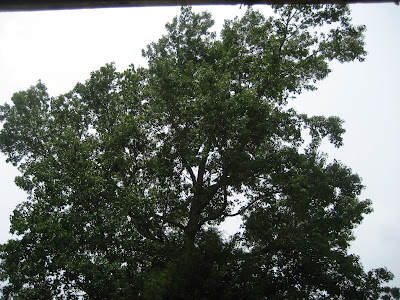This is one of the first times I've noticed the Common Checkered-Skipper around or on any flowers in the yard. I have seen them before. Last year at the walking track I saw a few but they were too fast for me to capture any pictures of. It can be found throughout the United States, Canada, Mexico, Central America and South America. It gets it's name from the checkerboard pattern on it's wings. The male has broader bands than the female. Skippers have some traits such as; big eyes, short antennae and stout bodies that other butterflies do not. Most also have a very rapid flight. Another one of God's lovely creation that I enjoyed seeing and photographing. Take time and discover God's creation where you are.
 |
Common Checkered-Skipper (Pyrgus communis)
|
 |
Common Checkered-Skipper (Pyrgus communis)
|

















































